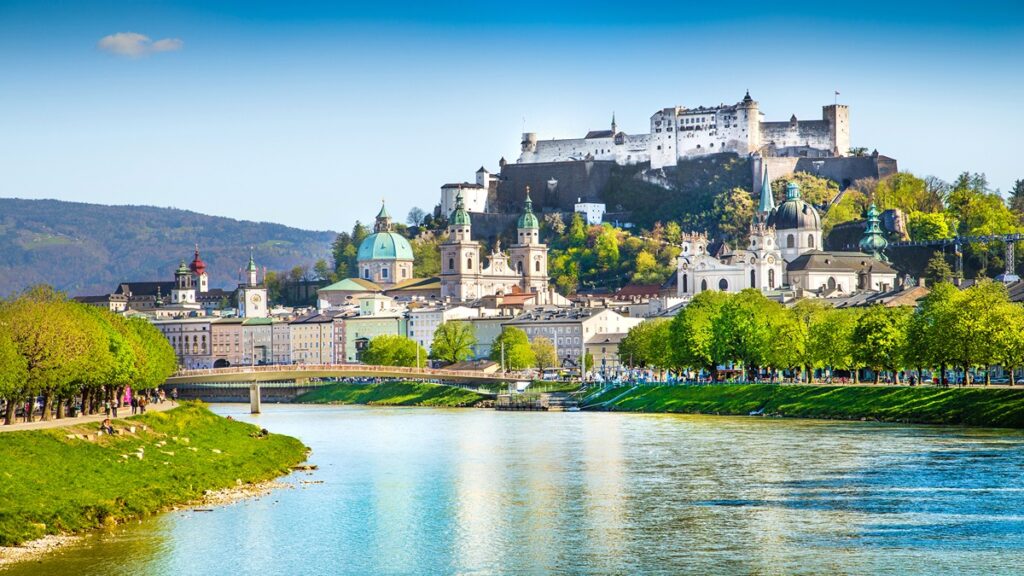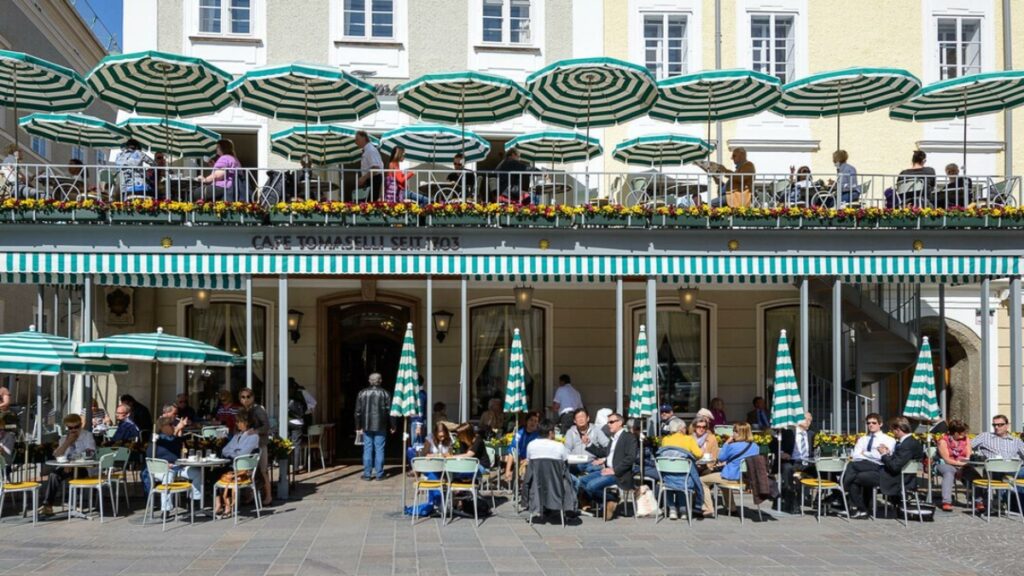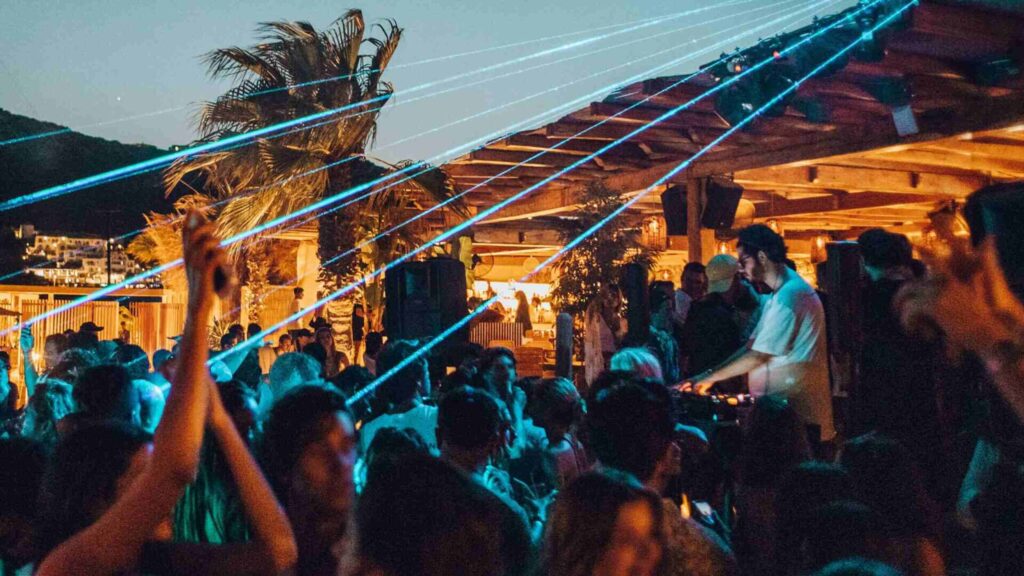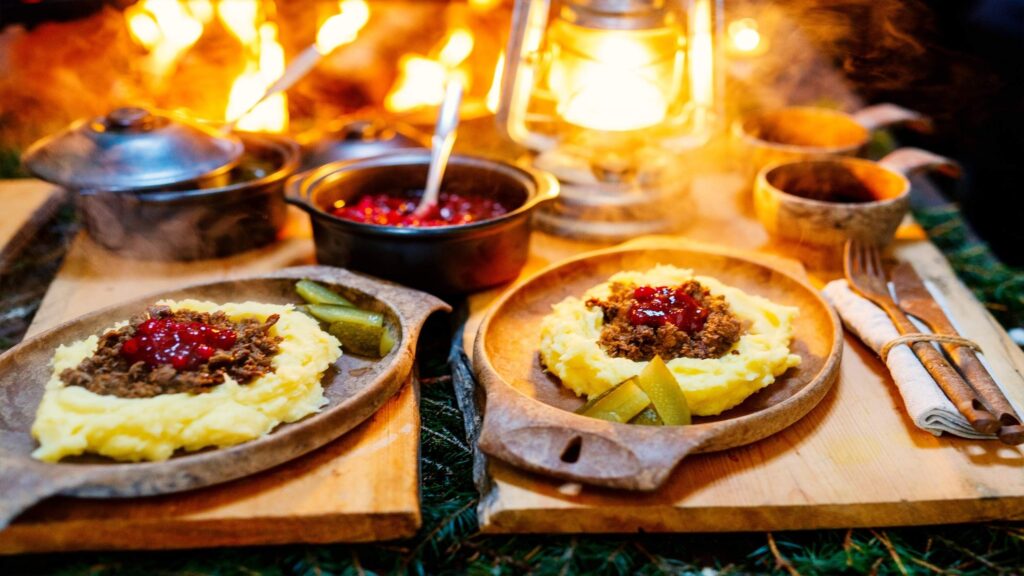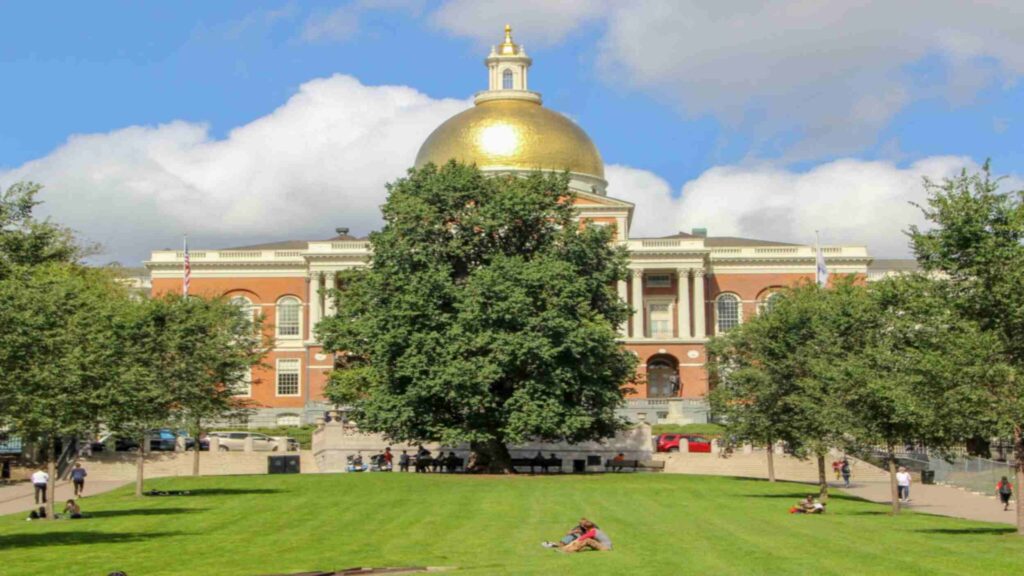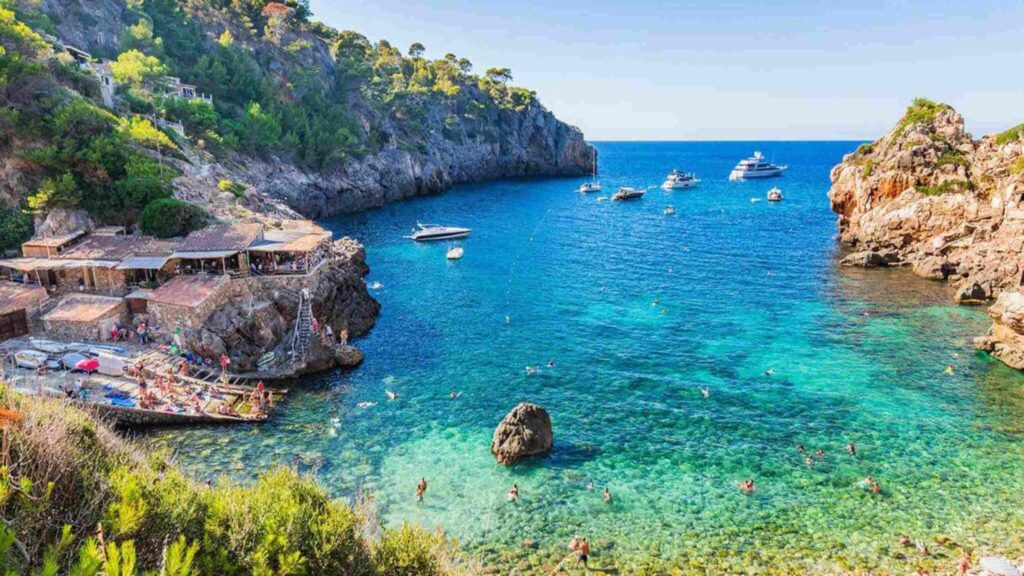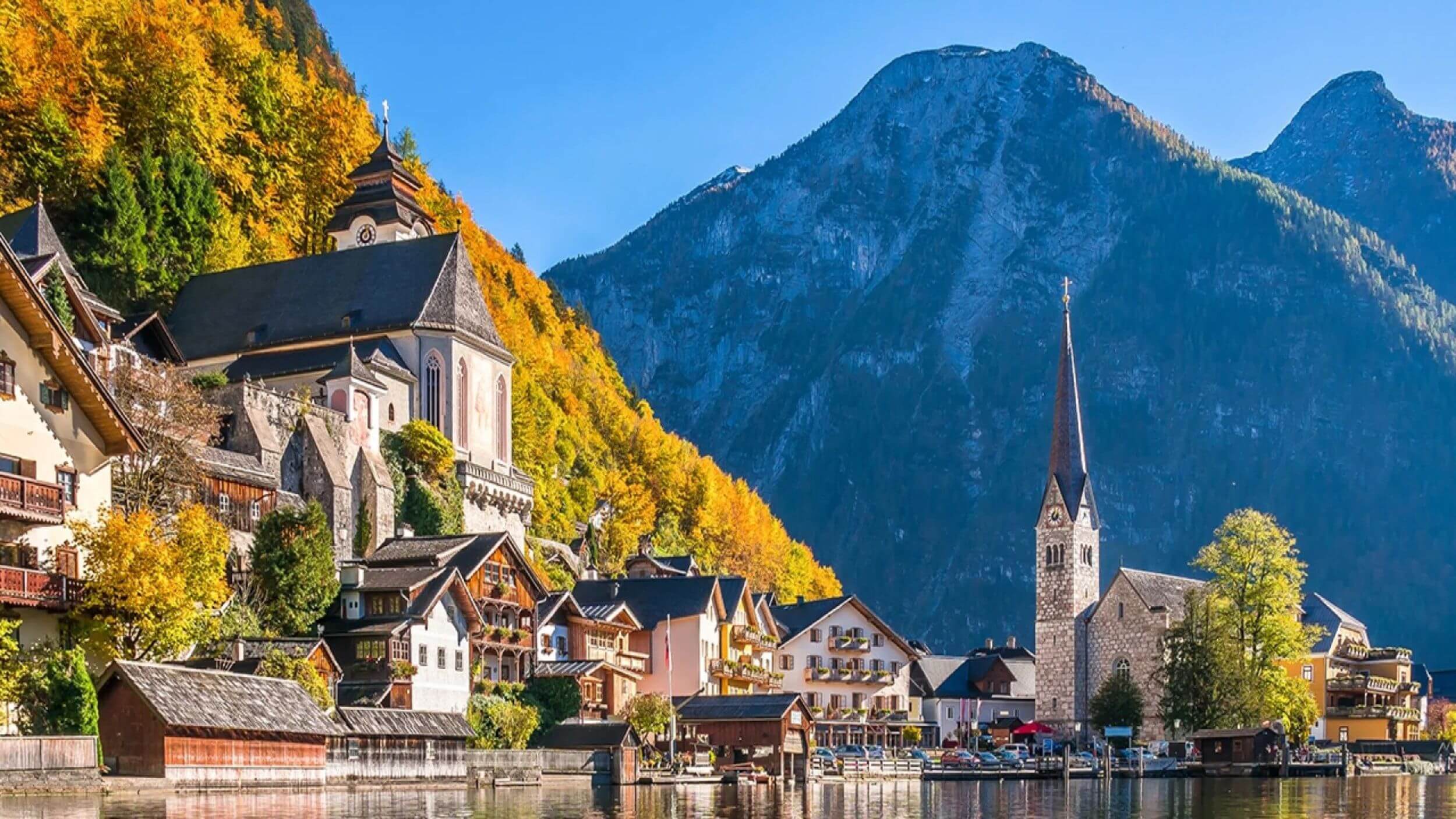
Tourist places in Salzburg represent Austria’s most compelling cultural heritage. Without reservation, these baroque treasures draw millions of visitors yearly. Additionally, the city’s unique blend of musical history and alpine scenery creates an unforgettable European destination.
Tourist Places in Salzburg’s Historic Centre
The ancient heart of Austria’s fourth-largest city beckons visitors year-round. Tourist places in Salzburg offer centuries of architectural splendour and cultural significance. The medieval quarter stands as a testament to preserved Austrian heritage. In fact, the narrow cobblestone streets wind through a landscape of baroque buildings and hidden courtyards.
Behind the grand facades, each street reveals stories spanning multiple centuries. The UNESCO World Heritage status protects these architectural treasures for future generations. Particularly noteworthy, the distinctive blend of Italian and Northern European architectural styles creates a unique cityscape. Even so, modern boutiques and cafés seamlessly integrate into the historical setting.
Heritage Landmarks in Salzburg’s Medieval Quarter
The towering spires of Salzburg Cathedral dominate the skyline of this ancient quarter. Skilled craftsmen have restored this architectural masterpiece multiple times since its founding in 774. On the other hand, the ancient St. Peter’s Abbey presents a different facet of medieval religious architecture.
Top tip: Visit Salzburg Cathedral during the daily organ concerts for an unforgettable acoustic experience.
Walking through these historic streets reveals countless architectural marvels from different periods. Tourist places in Salzburg showcase the city’s rich religious and cultural heritage. Most important, the preservation efforts ensure these landmarks maintain their original character. As a result, visitors experience an authentic journey through centuries of European history.
Discovering Essential Tourist Sites Today
The bustling Getreidegasse stands among the most photographed streets in Austria’s cultural capital. Local artisans continue centuries-old traditions in workshops tucked away in ancient buildings. Due to careful preservation, traditional guild signs still hang above shop entrances.
Must-visit: Mozart’s Birthplace at Getreidegasse 9, marked by its distinctive yellow facade.
The medieval marketplace continues to serve as a vibrant centre of city life. While exploring tourist places in Salzburg, visitors discover authentic Austrian culture. At the same time, the area maintains its historical charm while embracing modern amenities. Such careful balance ensures an enriching experience for history enthusiasts and casual tourists alike.
Discover Styrian charm in Graz Tourist Attractions Guide
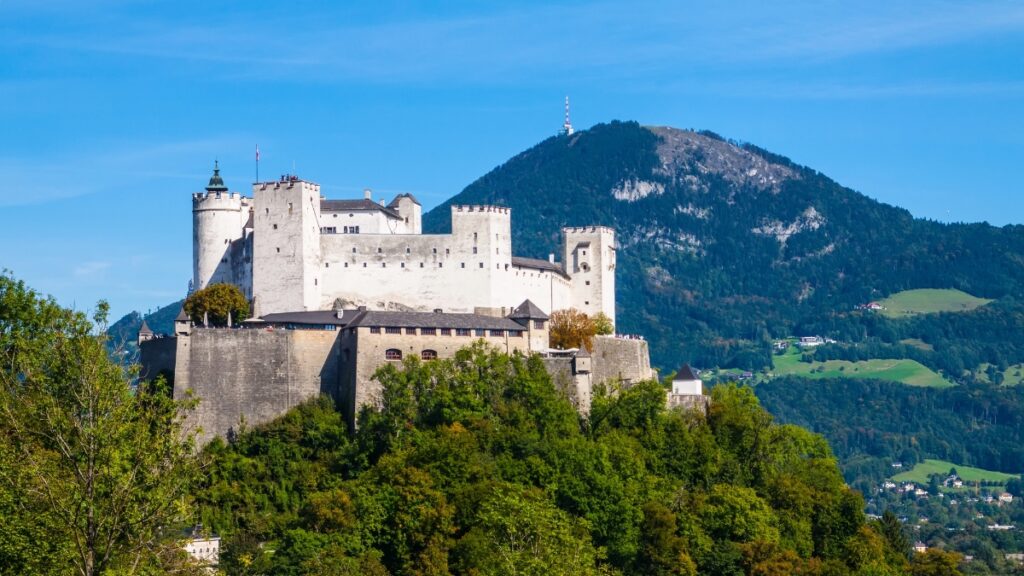
Exploring Cultural Heritage Sites in Salzburg
The vibrant cultural heritage shapes every corner of this historic Austrian city. Tourist places in Salzburg showcase centuries of artistic achievement and musical innovation. The city’s creative spirit lives through its museums, concert halls, and theatres.
Each cobbled street reveals another layer of Salzburg’s rich artistic legacy. Particularly noteworthy, the marriage of classical and contemporary culture creates unique experiences. In addition, seasonal festivals bring these cultural spaces to life throughout the year.
Salzburg’s Mozart Legacy Attractions
The Mozart family left an indelible mark on their hometown’s cultural landscape. The composer’s spirit echoes through concert halls and historic residences today. Most important, his musical genius continues inspiring new generations of artists.
Must-visit: The Mozart Residence (Tanzmeisterhaus) hosts original instruments and manuscripts.
Talented musicians gather in historic venues to celebrate classical masterpieces. Tourist places in Salzburg honour this musical heritage through daily performances. While exploring these venues, visitors discover the city’s ongoing musical evolution. Even so, traditional classical concerts remain the heart of cultural entertainment.
Exploring Traditional Austrian Heritage
The city’s folk traditions thrive alongside its classical culture. Local craftspeople preserve centuries-old techniques in workshops throughout the old town. Due to their dedication, traditional arts continue flourishing in modern times.
Local attraction: The Salzburg Museum showcases regional folk art and historical crafts.
Ancient customs blend seamlessly with contemporary cultural expressions. Such careful preservation ensures authentic experiences for cultural enthusiasts. In fact, tourist places in Salzburg offer unique insights into Austrian heritage. As a result, visitors gain deep appreciation for both past and present traditions.
Continue your mountain adventure with Innsbruck Tourist Attractions Guide
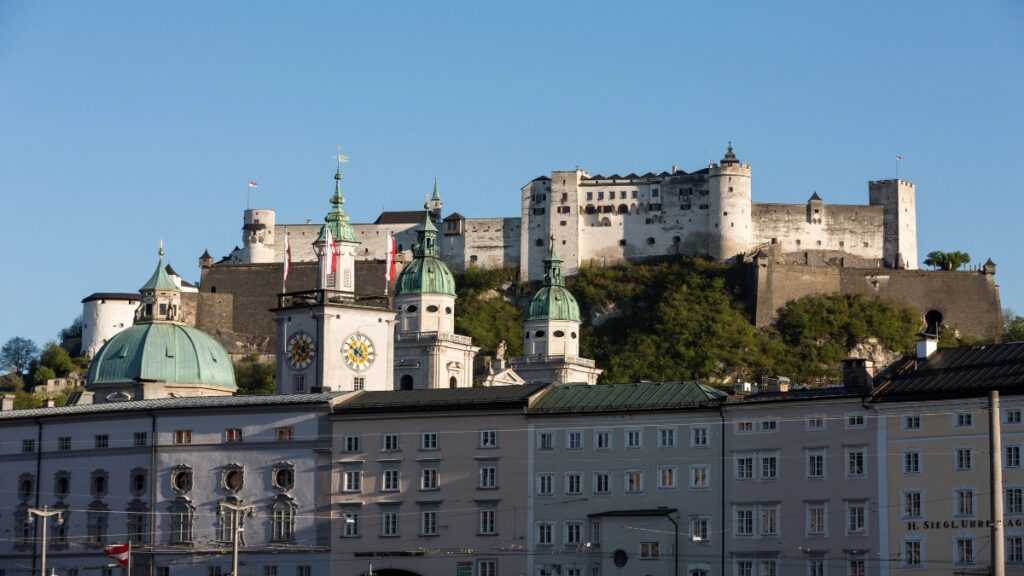
Tourist Places in Salzburg’s Palace District
Regal architecture dominates the majestic palace quarter of Austria’s cultural jewel. Tourist places in Salzburg reflect centuries of aristocratic grandeur and royal ambition. The palace district stands as a testament to baroque architectural mastery.
Elegant gardens stretch between magnificent royal residences and ceremonial buildings. Particularly noteworthy, the harmonious blend of architecture and landscape creates breathtaking vistas. In addition, carefully maintained pathways invite visitors to explore these royal grounds.
Royal History at Salzburg’s Palaces
The magnificent Residenz stands as the former seat of prince-archbishops. This architectural masterpiece showcases opulent state rooms and precious art collections. Most important, the palace preserves the city’s ecclesiastical heritage.
Must-visit: The Residenz State Rooms feature original 16th to 19th-century furnishings.
Skilled artisans created elaborate frescoes and intricate stucco decorations. Tourist places in Salzburg demonstrate the wealth of historical prince-archbishops. While admiring these spaces, visitors discover stories of power and ambition. Even so, each room retains its original character and splendour.
Exploring Majestic Palace Gardens
The Mirabell Gardens offer perfectly manicured geometric flowerbeds and mythological statues. Local gardeners maintain these baroque gardens according to centuries-old traditions. Due to their dedication, these green spaces remain pristinely preserved.
Top tip: Visit the Marble Hall in Mirabell Palace for world-renowned classical concerts.
Classical statues watch over symmetrical pathways and ornamental fountains. Such attention to detail creates an atmosphere of timeless elegance. In fact, the gardens provide perfect backdrops for memorable photographs. As a result, visitors experience the grandeur of imperial Austrian history.
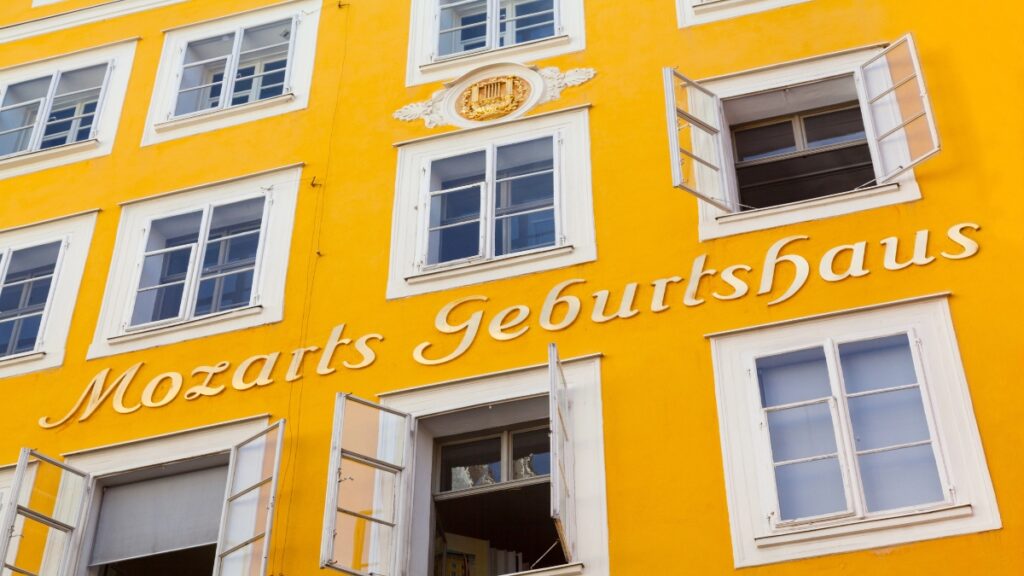
Ancient Landmarks and Museums in Salzburg
The medieval heart of Austria’s historic city reveals centuries of fascinating stories. Tourist places in Salzburg preserve remarkable examples of Gothic and Romanesque architecture. The ancient quarter stands as a living museum of European history.
Time-worn stone walls tell tales spanning more than a millennium. Particularly noteworthy, the blend of architectural styles reflects different historical periods. In addition, each ancient building holds secrets waiting to be discovered.
Historic Treasures in Old Town
The ancient Hohensalzburg Fortress dominates the city’s historic skyline. This medieval castle ranks among Europe’s largest and best-preserved fortifications. Most important, its strategic position offers spectacular views across the region.
Must-visit: The Medieval Prince’s Chambers showcase original Gothic furniture and decor.
Expert guides reveal fascinating details about medieval life and warfare. Tourist places in Salzburg connect visitors with centuries of military history. While exploring these ancient halls, stories of sieges and celebrations come alive. Even so, modern amenities ensure comfortable exploration of this historic site.
Uncovering Medieval Tourist Sites
The Franciscan Church stands as one of the city’s oldest religious buildings. Local stonemasons carved intricate details into its Romanesque and Gothic features. Due to careful preservation, original medieval elements remain intact.
Historical highlight: The Roman Crypt contains remains of ancient city walls.
Ancient monastery walls harbour peaceful courtyards and hidden chapels. Such architectural treasures provide glimpses into medieval monastic life. In fact, these spaces maintain their spiritual atmosphere through centuries. As a result, visitors experience authentic connections with Salzburg’s medieval past.
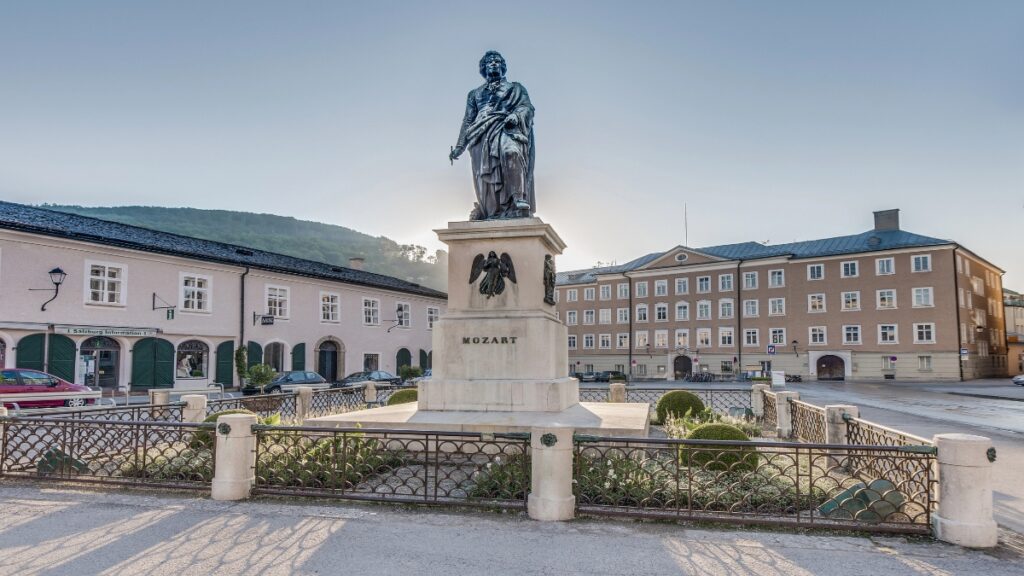
Alpine Adventures Near Tourist Places in Salzburg
Dramatic Alpine peaks surround this UNESCO World Heritage city in natural splendour. Tourist places in Salzburg offer spectacular mountain adventures throughout the year. The surrounding Alps provide endless opportunities for outdoor exploration.
Majestic mountains create perfect backdrops for memorable outdoor experiences. Particularly noteworthy, each season brings unique opportunities for alpine activities. In addition, modern cable cars provide easy access to stunning viewpoints.
Alpine Adventures Near Salzburg
The Untersberg Mountain stands as Salzburg’s most prominent natural landmark. Cable cars whisk visitors to breathtaking heights above the city. Most important, well-marked hiking trails suit various experience levels.
Top tip: Take the first cable car for the best morning views over Salzburg.
Skilled mountain guides lead adventures through spectacular alpine landscapes. Tourist places in Salzburg include numerous mountain-based activities and attractions. While exploring these peaks, visitors discover pristine alpine meadows. Even so, safety remains the priority in all mountain activities.
Discovering Natural Tourist Attractions
The Mönchsberg cliffs provide natural viewing platforms above the old town. Local climbing enthusiasts enjoy numerous routes along these historic walls. Due to excellent maintenance, paths remain accessible year-round.
Must-visit: The Museum of Modern Art atop Mönchsberg offers art and views.
Natural cave systems hide beneath these magnificent mountain formations. Such geological wonders attract scientists and adventure seekers alike. In fact, guided tours reveal fascinating underground landscapes. As a result, visitors experience both surface beauty and subterranean mysteries.
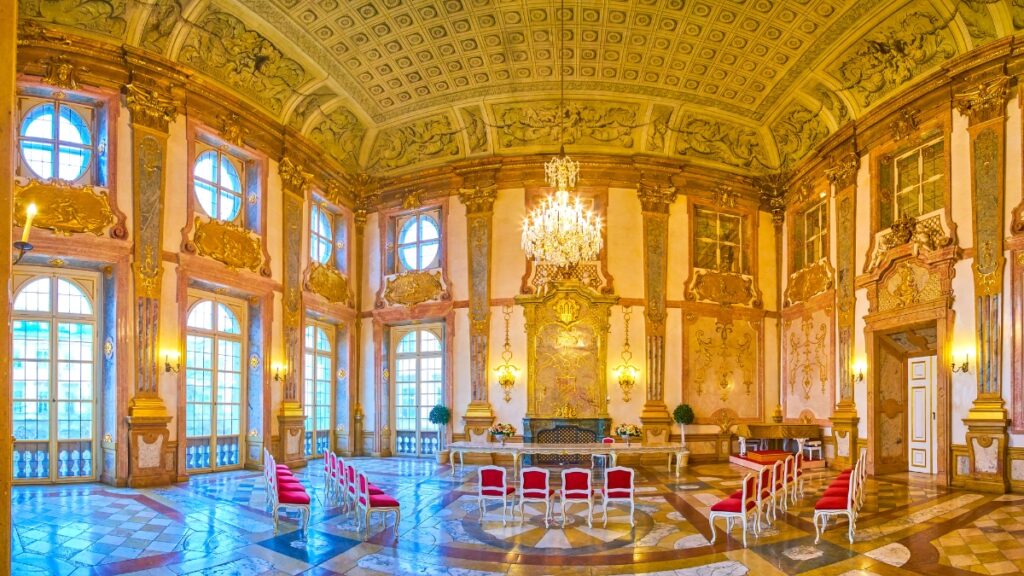
Hidden Gems and Secret Spots in Salzburg
Beyond the famous landmarks lie secret corners waiting to be discovered. Tourist places in Salzburg include lesser-known treasures off the typical routes. The hidden quarters reveal authentic Austrian life and culture.
Quiet cobbled lanes lead to unexpected discoveries around every corner. Particularly noteworthy, ancient passageways connect historic courtyards and gardens. In addition, local cafés offer peaceful refuges from tourist crowds.
Secret Spots in Salzburg’s Alleyways
The Steingasse pathway preserves medieval character in its original state. Ancient buildings lean slightly inward, creating mysterious atmospheric passages. Most important, this historic street escaped modern development entirely.
Hidden gem: The Chiemseehof courtyard features beautiful Renaissance arcades.
Local artisans work in centuries-old workshops along quiet side streets. Tourist places in Salzburg maintain authentic charm in these hidden spaces. While exploring these alleys, visitors discover traditional crafting techniques. Even so, each workshop welcomes curious visitors warmly.
Local Favourite Tourist Destinations
The St. Sebastian Cemetery holds fascinating artistic and historical treasures. Local historians consider this peaceful space an open-air museum. Due to its location, few tourists discover this remarkable site.
Top tip: Visit Schloss Leopoldskron’s grounds during golden hour for spectacular photos.
Hidden monastery gardens provide tranquil escapes from city bustle. Such peaceful spaces offer unique perspectives on Salzburg’s heritage. In fact, many locals treasure these quiet corners. As a result, visitors experience authentic Salzburg away from crowds.
Experience imperial grandeur in Vienna Austria Tourist Places & Markets
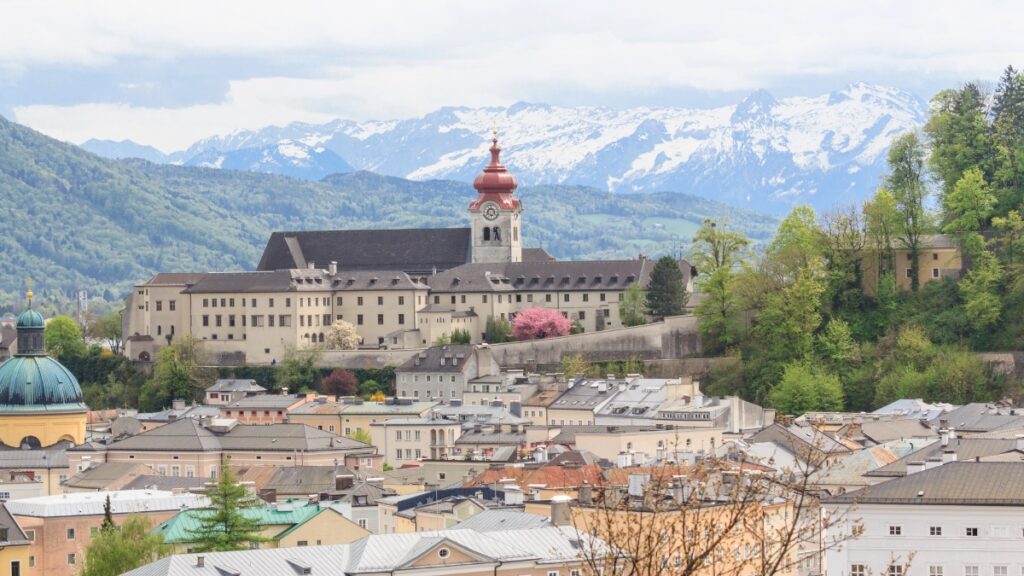
Family Activities Around Salzburg’s Attractions
Delightful adventures await families exploring this enchanting Austrian city. Tourist places in Salzburg offer engaging activities for visitors of all ages. The city combines educational experiences with pure entertainment.
Interactive exhibits bring history and culture alive for young explorers. Particularly noteworthy, many attractions offer special children’s programmes and tours. In addition, family-friendly facilities ensure comfortable visits with children.
Kid-Friendly Attractions Around Town
The Hellbrunn Palace entertains with its famous trick fountains and water games. Historic mechanical theatres and water-powered displays delight young visitors daily. Most important, the surrounding park provides space for outdoor adventures.
Must-visit: The Hellbrunn Palace’s adventure playground features historic-themed equipment.
Young minds discover fascinating science principles at local interactive museums. Tourist places in Salzburg balance education with entertainment expertly. While exploring these venues, children engage with hands-on exhibits. Even so, adults find these attractions equally entertaining.
Exploring Interactive Tourist Sites
The Salzburg Marionette Theatre presents enchanting puppet performances for families. Local puppeteers maintain centuries-old traditions through modern storytelling techniques. Due to expert craftsmanship, these performances captivate audiences of all ages.
Family favourite: The House of Nature offers interactive science exhibits and dinosaurs.
Traditional toy shops showcase handcrafted treasures and unique souvenirs. Such carefully curated collections inspire young imaginations. In fact, many shops offer toy-making demonstrations. As a result, families create lasting memories through shared experiences.

Seasonal Highlights in Salzburg’s Tourist Areas
Each changing season transforms the cityscape with unique charm and activities. Tourist places in Salzburg offer distinctive experiences throughout the calendar year. The city embraces seasonal celebrations with characteristic Austrian flair.
Cultural events mark the passing seasons with traditional festivities. Particularly noteworthy, each season highlights different aspects of local culture. In addition, seasonal markets bring vibrant energy to historic squares.
Winter Tourist Activities and Sights
The advent season transforms Salzburg into a magical winter wonderland. Snow-dusted baroque architecture creates perfect Christmas card scenes. Most important, traditional Christmas markets preserve centuries-old customs.
Must-visit: Salzburger Christkindlmarkt at Cathedral Square – Austria’s oldest Christmas market.
Local choir groups perform seasonal concerts in historic churches. Tourist places in Salzburg sparkle with festive decorations and lights. While exploring winter attractions, visitors discover traditional Austrian customs. Even so, modern winter sports facilities offer active alternatives.
Summer Tourist Destinations Guide
The Mirabell Gardens burst with colourful blooms during summer months. Local gardeners create stunning floral displays throughout the city. Due to perfect planning, different flowers bloom continuously.
Top tip: Visit the Hellbrunn Palace’s water gardens on hot summer afternoons.
Open-air concerts bring music to parks and historic courtyards. Such performances create magical summer evening atmospheres. In fact, the famous Salzburg Festival attracts global audiences. As a result, summer visitors experience world-class cultural entertainment outdoors.
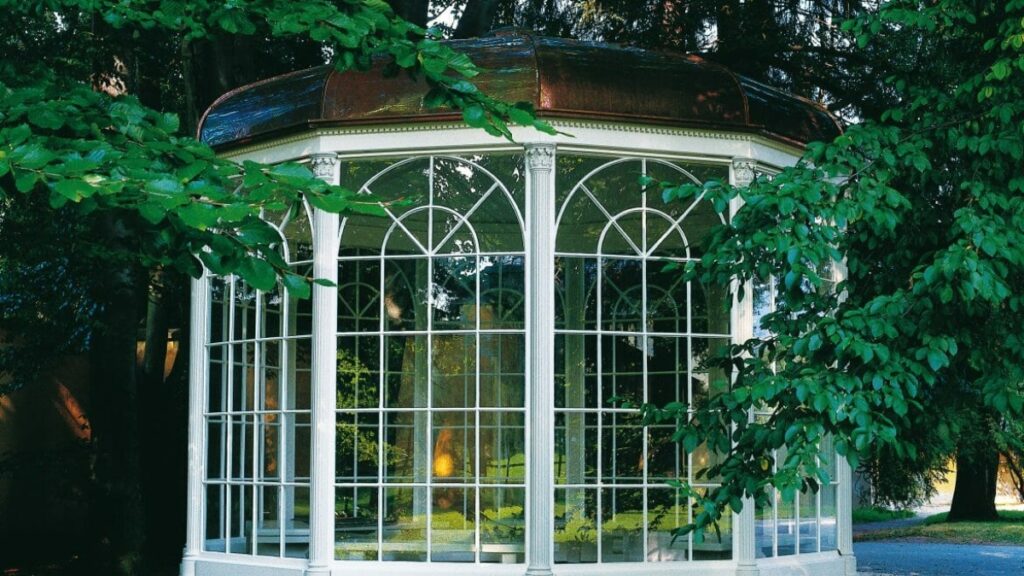
Tourist Places in Salzburg: Essential Visitor Guide
Modern visitors discover a perfect blend of historical charm and contemporary culture. Tourist places in Salzburg balance centuries-old traditions with modern attractions. The city continues evolving while preserving its rich heritage.
Every cobbled street tells stories spanning classical and contemporary times. Particularly noteworthy, modern art galleries occupy historic buildings. In addition, innovative attractions complement traditional sightseeing experiences.
Must-Visit Modern Attractions
The Hangar-7 complex showcases contemporary architecture and historic aircraft. This striking glass structure houses impressive collections of vehicles and art. Most important, regular exhibitions celebrate modern innovation and design.
Must-visit: DomQuartier Salzburg combines five museums in one remarkable experience.
Creative spaces transform historic buildings into contemporary cultural hubs. Tourist places in Salzburg embrace artistic innovation alongside tradition. While exploring modern venues, visitors discover evolving Austrian culture. Even so, respect for heritage guides new developments.
Planning Your Tourist Itinerary
The efficient public transport system connects major attractions seamlessly. Local guides recommend strategic routes for maximising sightseeing time. Due to careful planning, visitors can explore efficiently.
Top tip: Purchase the Salzburg Card for free entry to attractions and public transport.
Smart technology enhances traditional touring experiences through interactive guides. Such modern conveniences make exploring historic sites more accessible. In fact, digital maps highlight hidden gems throughout the city. As a result, visitors create personalised adventures through this historic city.
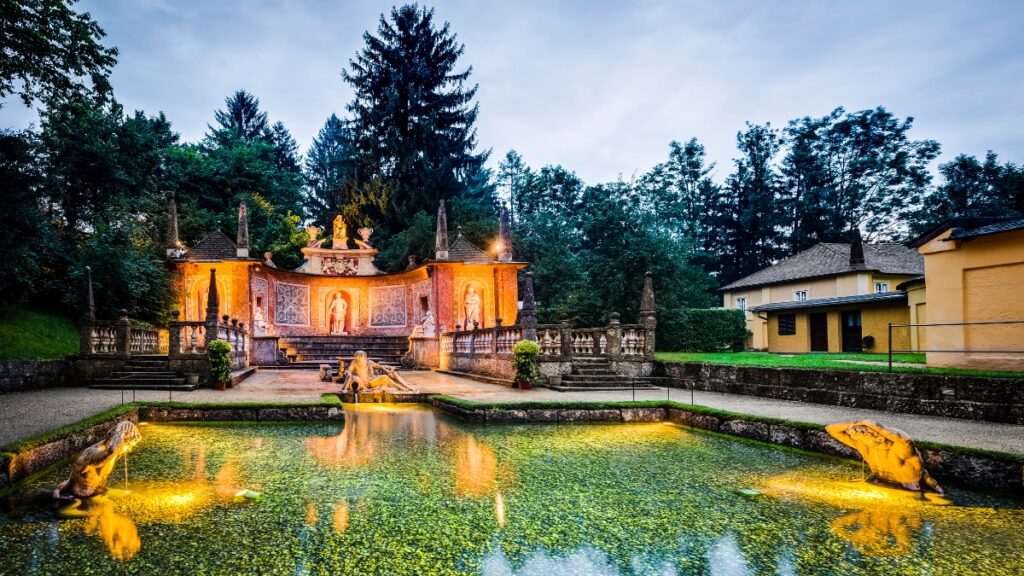
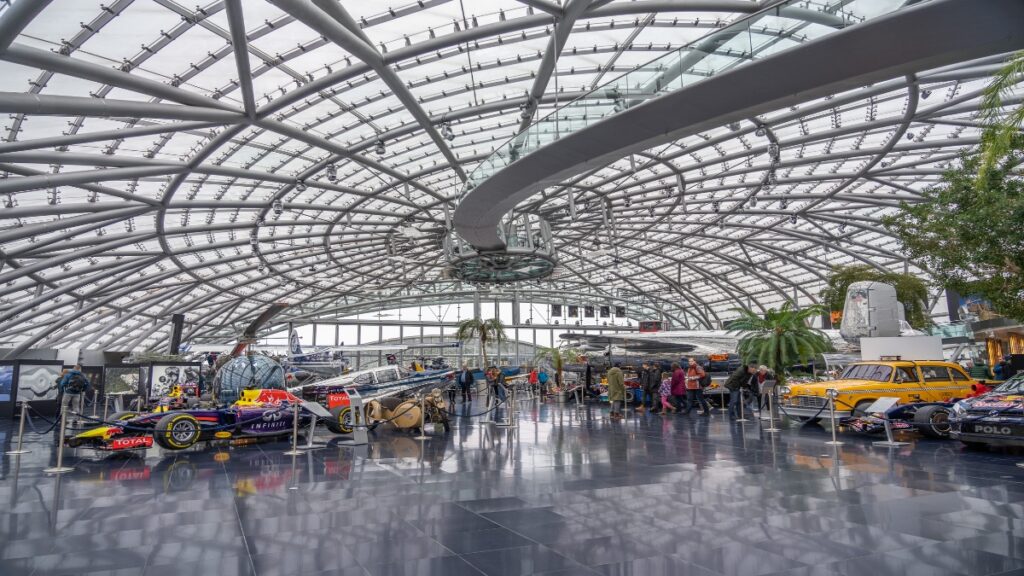

Blend history with innovation in Linz Tourist Attractions Guide
